Scapular Instability with Climbers
“Keep your arms straight and stay low!” This classic line is heard the world over for beginning climbers. Even if preventing the T-Rex arm is a quality way to fight off pump, this doesn’t tell the whole story of how we should be moving on the wall. In fact, the way that a lot of people achieve this position can limit force output of the arm and hand muscles crucial for staying on the wall. This commonly overlooked movement fault can lead to some of the most prevalent and pesky injuries for climbers (think tendinitis…) When we hang low to save energy, we typically fail to properly activate our scapular stabilizers, which ends up hurting a climber more in the long run than any transient pump during a training session.
First, we must understand the anatomy of the scapulothoracic joint and shoulder. Our arm is directly connected to our trunk via only one small bony articulation: the acromioclavicular joint. Our arm bone, the humerus, sits in a shallow socket on the scapula which is essentially connected via muscles to our thorax. Compare this to the stable pelvis and deep ball and socket at the hip, and you can see why our upper extremity anatomy allows for such great mobility.
Pictured below is the right shoulder complex featuring the rhomboids, rotator cuff, serratus anterior with their attachments on the humerus, scapula, thoracic vertebrae and ribs. Note how the only bony articulation between the shoulder girdle and thorax is the small AC joint above the humerus. Not pictured is the trapezius muscle group, which overlays the other mid-scapular muscles.

Courtesy of Complete Anatomy.

Courtesy of Complete Anatomy
However, with great mobility, comes the great need for stability in the form of synchronized activation and movement patterns from the muscles attaching our scapula to the rest of our body. And those muscles don’t just position the scapula; they are responsible for keeping it stable as the muscles of our arm (rotator cuff, deltoids, all the way down to our fingers) are applying forces to generate torque and motion.
Imagine an approach to the crag on a firmly packed hiking trail (stable scapula) vs. a talus field (unstable scapula). The ease you move with on firm ground is because the force you apply through your feet is reciprocated through the ground. On scree, the rocks under your feet may shift with each push off, and you find yourself working much harder. If our scapular stabilizers (traps, rhomboids, etc.) aren’t functioning when we climb, the strong arm muscles (deltoids, biceps, etc.) will yank the scapula around on your back instead of applying their full force through each hold. Thus, the shoulder may be put in compromising positions and your arms will work harder; both of which can lead to injury.
If you have any arm injuries or are interested in learning how to improve scapular function, keep reading through this blog for some simple suggestions on ways to improve your scapular control.
Assessment
A simple way to dive into this is to visually examine your back. If you have an arm that has been bothering you, have a buddy inspect your back and scapulae for asymmetries. The easiest thing to look at is the position of the scapula relative to the spine:
If there is a correlation between the side with your pain and the side with a greater distance from midline, it would make sense to follow through with the rest of the assessment program. Otherwise, initiating a scapular control and strengthening program is always a great injury prevention and performance optimization strategy.
Research has shown that when our scapula is in its ideal position, the muscles of the arm are able to generate more force (Bhatt, et al. 2013). This can be demonstrated via the modified grip strength assessment. To complete, use a hand grip dynamometer to measure your grip strength in resting position. Then, assume a more ideal posture by bringing your shoulder blades down and back into retraction.
As seen with the grip assessment, grip strength improves with scapular repositioning. On the wall, if you aren’t actively stabilizing the scapula, you are using your muscles in an inefficient way and may generate insufficient force. Compensating for weak shoulder blade muscles with overuse of the wrist and elbow muscles is common among climbers and athletes (tennis, golf); and can lead to debilitating overuse injuries such as lateral epicondylitis, medial epicondylitis, and biceps tendinitis, to name a few.
Additionally, improper scapular mechanics can lead to the pathologies of the shoulder, mainly in the form of subacromial pain syndrome. Improper scapular activity during shoulder motion or loading can lead to rotator cuff overuse and subsequent irritation of the structures in the top of the shoulder. For this test, have a buddy help you out by testing your shoulder strength at 90 degrees of elevation in the scapular plane. Then have them keep your shoulder stable with their other hand. The manual repositioning of the scapula mimics the muscle activity of the lower and middle trapezius fibers and can reduce pain and improve strength during a resisted shoulder elevation task.
These assessments demonstrate how improving active control of the scapula can enhance muscle performance throughout the upper extremity; leading to improved performance and mitigating injury risk.
Intervention
If you’ve identified an impairment in your scapular control or want to address the strength of these muscles proactively, we have included some simple and effective exercises for you. The first will be a combination of tendon gliding and shoulder/scapular active range of motion (commonly known as a wall angel or wall slide). This warm-up engages scapular stabilizers while mobilizing your finger and wrist to prepare you to pull onto the wall without increasing your risk for injury. Over time, you’ll see an improvement in your overhead shoulder range of motion as muscular limitations from the latissimus dorsi, teres major, and pectoralis major/minor are alleviated, all while facilitating scapular upward rotation through muscle control.
Another good mobility exercise can be completed while laying down on a foam roll or standing in a doorway. This involves scissoring your arms up into alternating full flexion and extension. Emphasize control of the motion via your scapulothoracic joint (shoulder blade) instead of just the shoulder joint (ball and socket). You will maximize the activation of your scapular movers including serrates anterior and lower trapezius and promote awareness of the shoulder girdle’s position during movement.
Finally, resistance exercises targeting the lower/middle trapezius and rhomboids can be used to prime the muscles before you climb and strengthen them in order to improve performance. The video below shows the exercises being completed on a swiss ball, but to start it may be best to lie on a mat in order to rest your head. This will reduce any compensation from the upper trapezius. The most important concept is to make sure you are moving from the scapulothoracic joint (shoulder blade) and not the shoulder joint (ball and socket). The arm is positioned in the various positions shown to increase the resistance by increasing the lever arm. Compensation using the shoulder joint muscles (latissimus dorsi, triceps, deltoids) can exacerbate faulty movement patterns. Try this in a mirror, or have a friend take a video to make sure you are doing it the right way.
A more functional progression of this concept will be carried out on the hangboard. Using a hangboard is an extremely effective way to build contact strength as a climber, but far too often people hang mainly on passive structures.
Although this may help you build finger tendon strength, you are not addressing (and possibly inhibiting) all the muscles required to climb hard. While you are hanging you should never feel a stretch and should always have your shoulder blades positioned down and back, your core engaged, and your elbows slightly bent.
The two images below were taken of Dr. Jared Vagy, the author of Climb Injury-Free and youth world champion climber Brooke Raboutou. In the first image, Brooke demonstrates how some climbers hang with poor technique where the shoulder blades are excessively elevated. She is hanging low off her arms, and note how her arms are basically touching either side of the head:
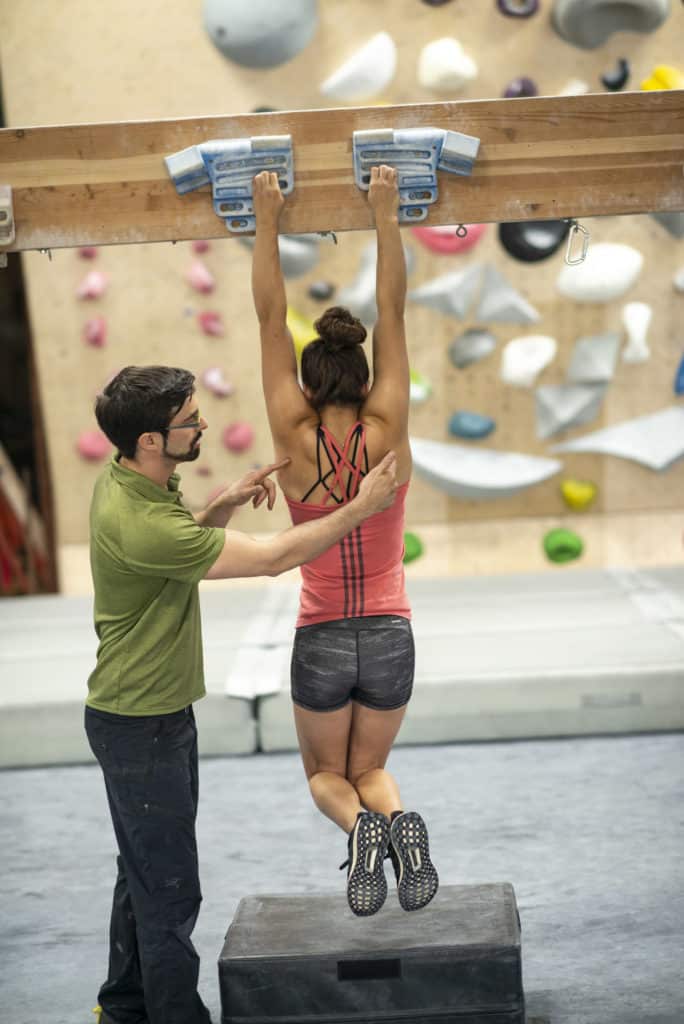
In the second image, after cues to engage her scapular stabilizers, you can see that she achieves a more effective retracted position. Note the “window” between her arms and her head:
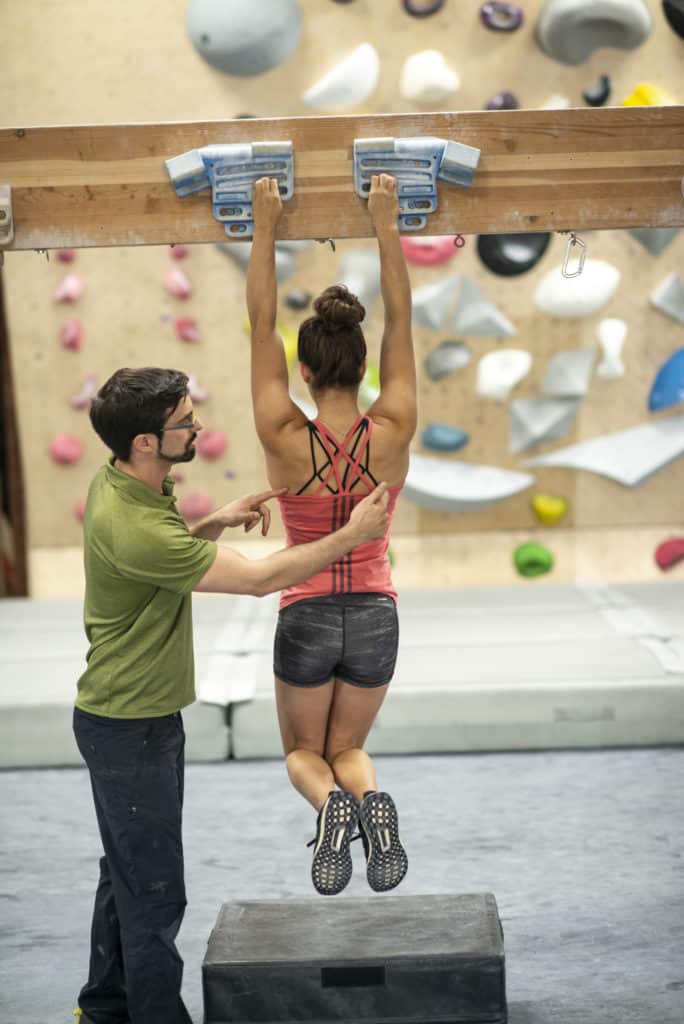
Moving in and out of the positions in these two photos is a great way to strengthen the mid-back muscles in both the concentric and eccentric phase of their contractions. These modified pull-ups should target motion specifically at the scapulothoracic joint and allow you to feel how these muscles work while you are on the wall. Continue to maintain core activation and monitor yourself for rib flare, arching of the low back, and especially shrugging of the shoulders.
As you develop a foundation of mobility, strength, awareness, and control of your scapulae, you need to take these concepts to the climbing wall. However, it is best to only focus on new movement strategies during your warm-up routes/problems. When you are climbing at your limit it is disadvantageous to divert any attention away from completing your sequences.
Proximal stability is important in all movement, but it is often overlooked in the upper extremity since humans mainly use the arm to manipulate objects within their environment. The climber is the rare breed of individual who relies on the arms for propulsion, so we should constantly be applying injury prevention and performance strategies that are common place for the lower extremity in other sports!
The information in this article should serve mainly as a guide and a way for you to get the ball rolling towards a general awareness of what it takes to climb strong and maintain your health. If you fear that you have any serious injury or are in persistent pain, it is recommended that you see a physical therapist who can uncover any underlying impairments and come up with a plan tailored specifically to your needs.
About the Author
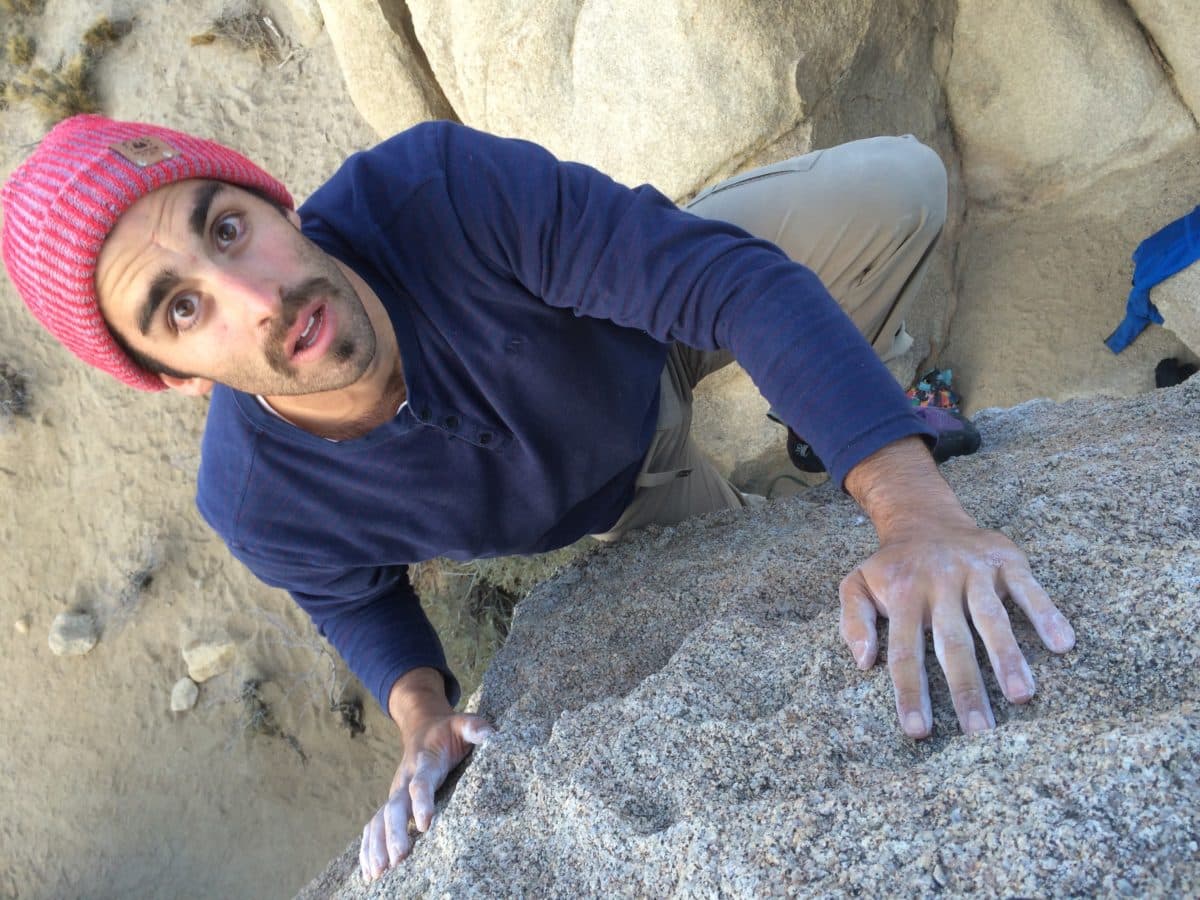
Graham Gage is a Physical Therapist from Sunnyvale, California. He earned his Bachelor of Science in Kinesiology at California Poly Pomona and Doctorate of Physical Therapy from The University of Southern California. Graham currently resides in San Pedro, California and is completing his Orthopedic Residency at USC. He recently came up on some big gear, so you are most likely to find him in a large crack in Joshua Tree this season. To contact Graham with any questions, comments, or for consultations; please email him at ggage@usc.edu
- Disclaimer – The content here is designed for information & education purposes only and the content is not intended for medical advice.



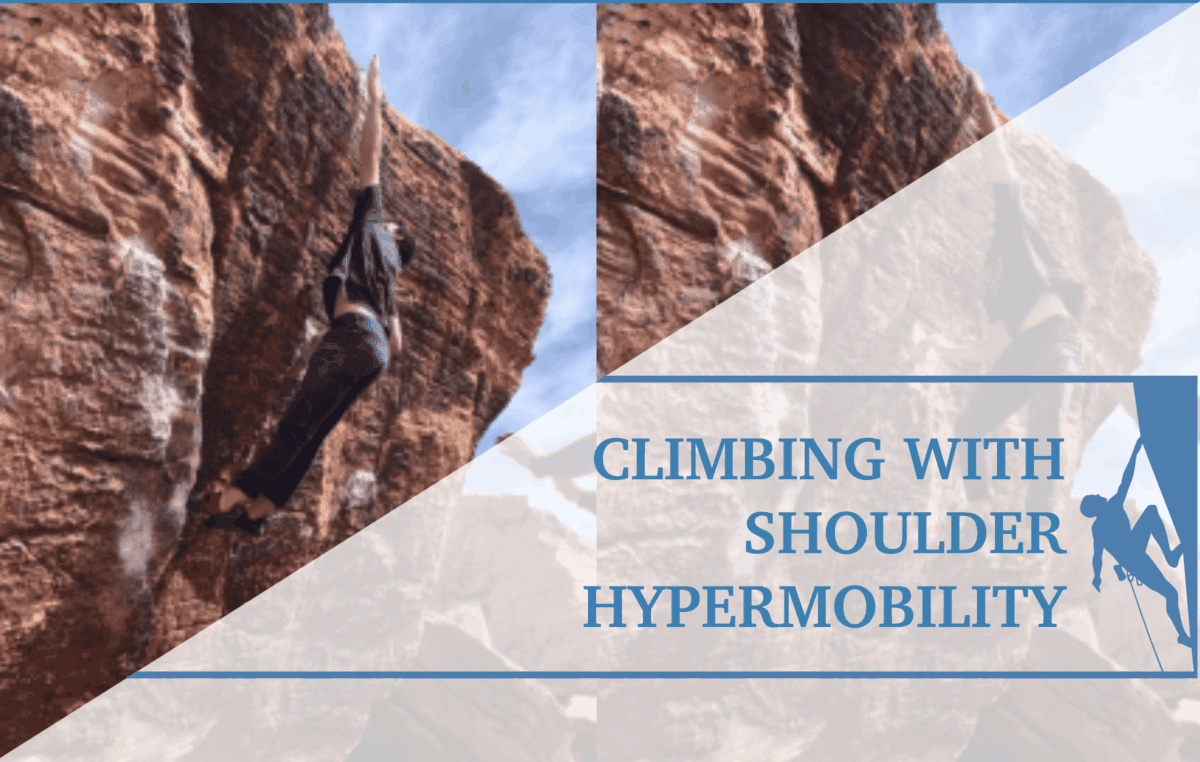
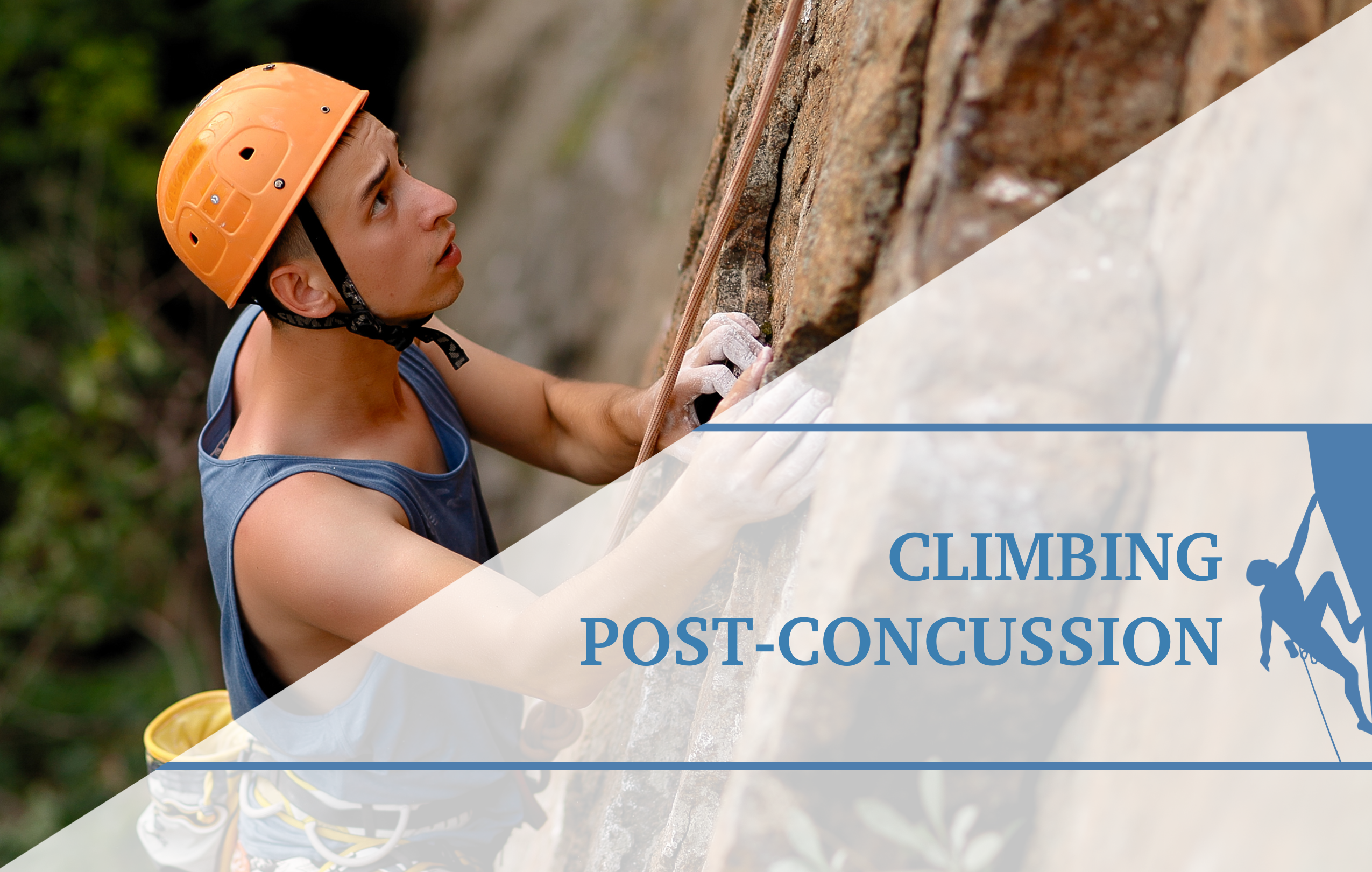
If one side is weaker and stretched, shouldn’t you address that? Why aren’t you working on weaker side more? What’s the reason to assess disbalances between sides, if you are not using that information?
Hi Tomasz,
Although I am not the author of the article, I did consult with Graham during the process of him writing it, so I will speak based on my experience and current available research. In the cited Bhatt, et al. article in 2013 titled “Middle and Lower Trapezius Strengthening for the Management of Lateral Epicondylalgia: A Case Report” the researchers took a patient with lateral elbow pain and addressed scapular positioning and scapular thoracic muscle strength with the same exercises in this article (prone letter T/Y and Wall angel). The patient resolved all symptoms and was discharged from therapy. By improving the symmetrical activation and strength of the middle and lower trapezius muscle through these exercises and being mindful of their shoulder blade position, they were able to decrease the loads on the lateral elbow. However, this was a single case study and the patient was not a climber. So if you want an alternative to attempt and accelerate the process with a climber, I would recommend performing the same strength exercises in this article with 3 sets on the injured side and 1 set of the non-injured side. Hangboard training can also be perform hanging with both sides but engaging one side at a time with similar ratio. The workload ratio of 3:1 combined with mindfulness of shoulder blade position while climbing can potential speed up the rehabilitative process. One more thing to note. This article focuses primarily on strengthening and improving movement patterns to correct a malpositioning of the shoulder blade. The process may be made quicker by additionally stretching the pectoralis minor muscle which rotates the shoulder blade inward, however it may not be necessary since strengthening the shoulder blade retractors with the exercises in this article actually stretches the pectoralis minor muscle. Hope that helps clarify!
Dr. Jared Vagy DPT “The Climbing Doctor”
Your suggestion about working more on the injured side makes sense but it should be in the article. Otherwise doing the assessment only traumatize the client.
Do you know this article?:
https://www.barbellmedicine.com/blog/scapulardyskinesis/
“no physical examination test of the scapula was found to be useful in differentially diagnosing pathologies of the shoulder”
BTW: I find stretching of the pec minor really difficult. I haven’t find a good way to stretch the muscle yet.
Hi Tomasz,
Thank you for sharing that blog. A colleague of mine at USC is the co-author on the systematic review mentioned in the blog “Diagnostic accuracy of scapular physical examination tests for shoulder disorders: a systematic review.” In that article, they showed that
“…the overall results physical examination tests for scapular position or motion alterations, and scapular symptom alteration tests do not enable the diagnosis of a shoulder pathology or general shoulder pain.”
They then recommended that:
“Scapular physical examination tests are best used as measures of impairments to select suitable treatment interventions and develop treatment programs.”
So for example in this blog article by Graham, the goal of the scapular reposition test is not to diagnose what type of shoulder pathology the patient has but to rather inform a treatment program of scapular stability that includes research based exercises.
Clinically, I find that if a scapular repositioning test reduces pain, increases strength, or increases range of motion, it holds more weight than if it only improves alignment.
For stretching the pec minor, I find that the technique shown in this video is very helpful:
https://www.youtube.com/watch?time_continue=3&v=b9B9cA6q6mg
Thank you!
This is such an excellent article, thank you so much for posting it. I will definitely incorporate these stretches into my workouts.
Is it necessary to maintain Scapular set while resting mid route? I have been doing passive hangs while resting on mid route and in last 1 year I have been facing shoulder problems and recently was diagnosed with subacromial pain syndrome too.
If a climber has shoulder instability it is very helpful to set the scapula while resting mid route since the added stability takes passive strain off of the shoulders. I recommend this for most climbers with unstable shoulders unless they are projecting, and in that case, passively hanging may give more recovery benefits and can potentially outweigh the benefits of the added stability. As a general rule, on warm-up routes scapular setting at rests is ideal since it also does pull the COM closer into toward the wall, especially on overhung routes.
Thank you for the article! I have a re-occuring injury over 3 years now (I intend to go to a physio finally) in my neck/trapezius, always associated with very sharp pain and sometimes a popping noise (feels like strings plucking), then I can’t turn my neck or lift it without a lot of pain if I am lying down for a few days to a week. Massage helps and the pain subsides, but it is becoming more chronic so I’d like to find exercises to fix it – would scapular exercises be relevant for this or more specific exercises even for the neck? (pain is always in lower neck/trap area on one side). If this is too much of an injury specific question I understand if you can’t respond, I am happy to purchase a rehab program I just want to select the correct one if available. Thanks!
With this injury it would be best to consult with a rehab professional. It sounds as though it is mechanical, which is a good thing, and that it is positional based. Two muscles attached from the neck to the shoulder blade, the upper trapezius and the levator scapula. It is possible one of those muscles may be causing the pain. When you see a medical provider, see if they are able to manually reposition your shoulder blade to decrease the pain and popping in your neck. If so, then the solution may be to stretch the muscle that is putting your shoulder blade in a sub-optimal position and strengthen the muscle that puts it in the optimal position. Best of luck.